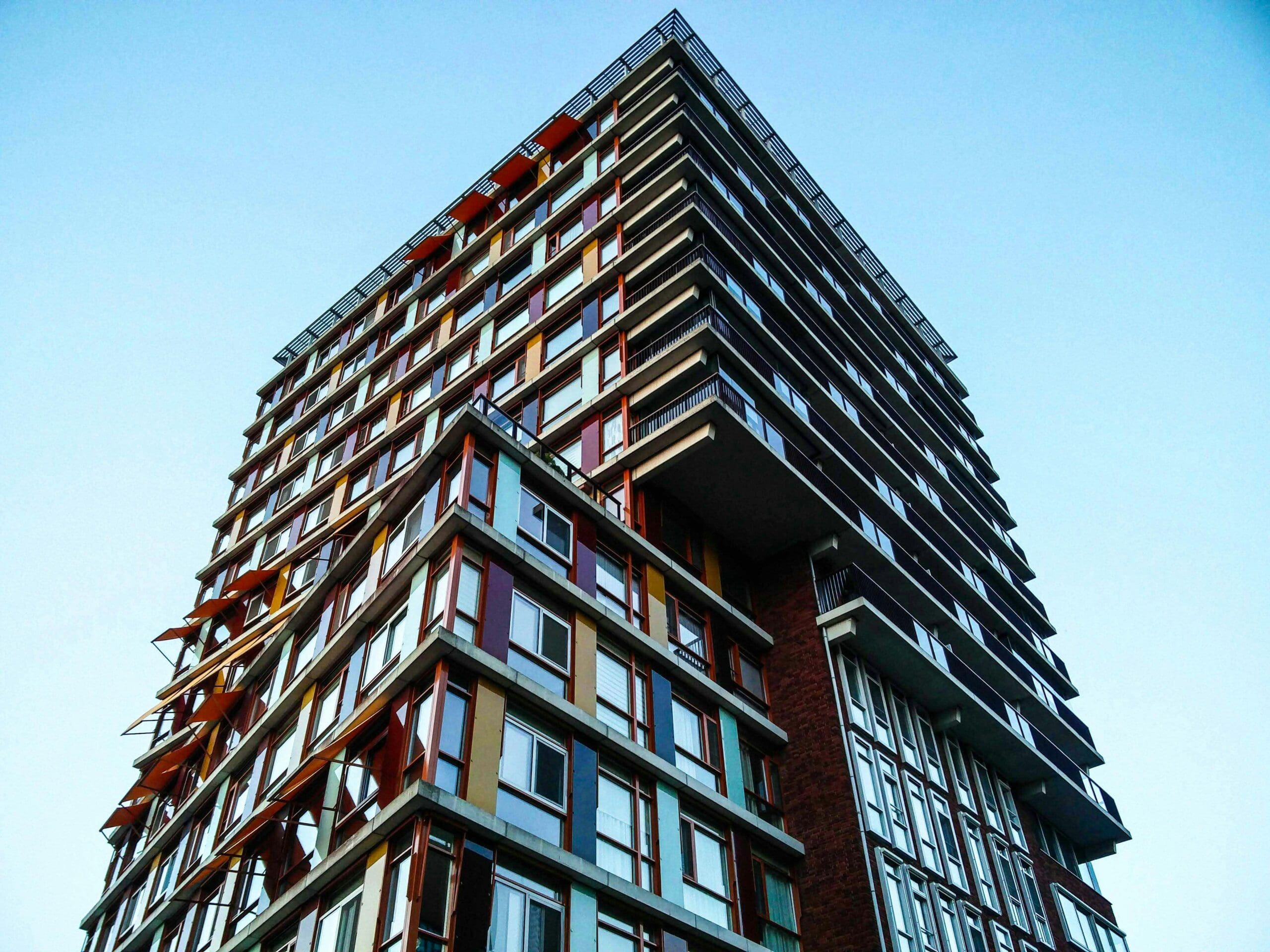What is a Flying Freehold?

Estimated reading time 5 minutes
Freehold and leasehold properties are something we’ve spoken about a few times. We’ve covered leasehold renewals, the sale of short lease properties and the difference between freehold and leasehold, but so far, we’ve not looked at flying freeholds. A flying freehold is where a freehold property extends over or under boundaries owned by someone else.
A flying freehold can present a host of problems for sellers and buyers. In this blog, we outline them and explain how a quick and smooth sale is still possible.
Common examples of flying freehold properties
Flying freehold may create a vision of a property hovering above another, but it’s not quite as simple as that. As mentioned in our introduction, a flying freehold either overhangs or lies beneath another person’s property. This doesn’t mean the entire property is encroaching on another person’s land or property; in most cases, it’s just a small portion of the home. Examples of flying freeholds include:
- Balconies that overhang next door’s property.
- Rooms above shared passages that lie directly underneath.
- Basements that go underneath other properties.
- Houses where part of the property is situated under or over another freehold property.
As you can see, in the above examples, it’s possible to be unaware of a flying freehold, such is the lack of disruption it may cause.
How do I know if my property is a flying freehold?
The best way to see whether your home is a flying freehold is to check the title deeds and assess the property boundaries. As we demonstrated with our examples, it can be quite easy to forget or even be unaware that a flying freehold applies.
Both sellers and buyers should ask a conveyancing solicitor for help in identifying any flying freehold elements. With their assistance, it will be much easier to uncover any parts of the home that go under or over a neighbouring property.
What problems does a flying freehold present?
While you are living in the property, the flying freehold is unlikely to cause many issues. However, things can soon creep up, especially if renovation work is required or access issues become apparent.
Access and repair
If the “flying” part of your property requires some maintenance or repairs, you may need to access your neighbour's land or property to complete it. If no formal legal right, known as an easement, is in place, the neighbour could refuse you access, leading to the problems getting worse, more expensive to fix, or impossible to rectify.
Structural dependency
The flying freehold could require structural support from the property beneath it. Should that lower-level property deteriorate or be altered by the owner, the structural integrity of your own property could be compromised. However, if your flying freehold property does physically rest over another property, there is a legal obligation to ensure suitable support for both properties.
Insurance issues
Insuring a flying freehold can be hard, especially if one owner takes out a policy that doesn’t provide sufficient cover. However, flying freehold indemnity insurance is available; it isn’t offered by all insurers, and can be expensive. A policy like this protects you if you have any issues with your neighbours and covers any losses or expenses related to the flying freehold. It should be noted that these policies do not alter the deeds in any way or allow you to force the neighbour into carrying out any preemptive work to protect your home.
Neighbourhood disputes
If no agreement has been made between neighbours, disputes may arise over boundaries, access, repairs and more. As disputes must be disclosed when you sell your house, it could be that a sale suddenly becomes much more difficult than you had hoped.
Can buyers get a flying freehold mortgage?
They can, but it can be difficult. Some lenders steer clear of offering mortgages on flying freeholds. They see the potential risk as too high. Other lenders are much more accommodating but tend to lend on a case-by-case basis. They will assess how much of the property constitutes a flying freehold and what issues may arise. They’ll look at access and maintenance and base their decision on the problems that homeowners may encounter.
With a flying freehold mortgage often proving difficult to obtain, sellers may find their pool of buyers is significantly smaller than they first hoped.
How can the risks of a flying freehold be mitigated?
Whether buying or selling a flying freehold, you should certainly take a few specific steps to minimise risk.
- Get legal advice. Speak to a solicitor to obtain guidance and advice on flying freeholds.
- Obtain a deed of mutual covenant. A deed of mutual covenant can formalise the rights of all property owners impacted by the flying freehold. It will explain how repairs and maintenance should be managed and provide added reassurance to buyers and sellers, leading to a smoother property transaction.
- Get indemnity insurance. An indemnity insurance policy for a flying freehold will cover potential disputes with neighbours and provide future owners and lenders with peace of mind.
As you’ve seen, selling a flying freehold could prove difficult. With buyers potentially unable to secure a mortgage, and concerns over maintenance responsibilities and access rights, a flying freehold can see a house become unsellable. Luckily, there is an answer. In our position as cash house buyers, we buy any property, regardless of type, condition or location. What’s more, we cover the legal costs, so you can sell your house for free and pocket everything you make from the sale. Contact the Bettermove team today to secure your fast house sale, guaranteed.



